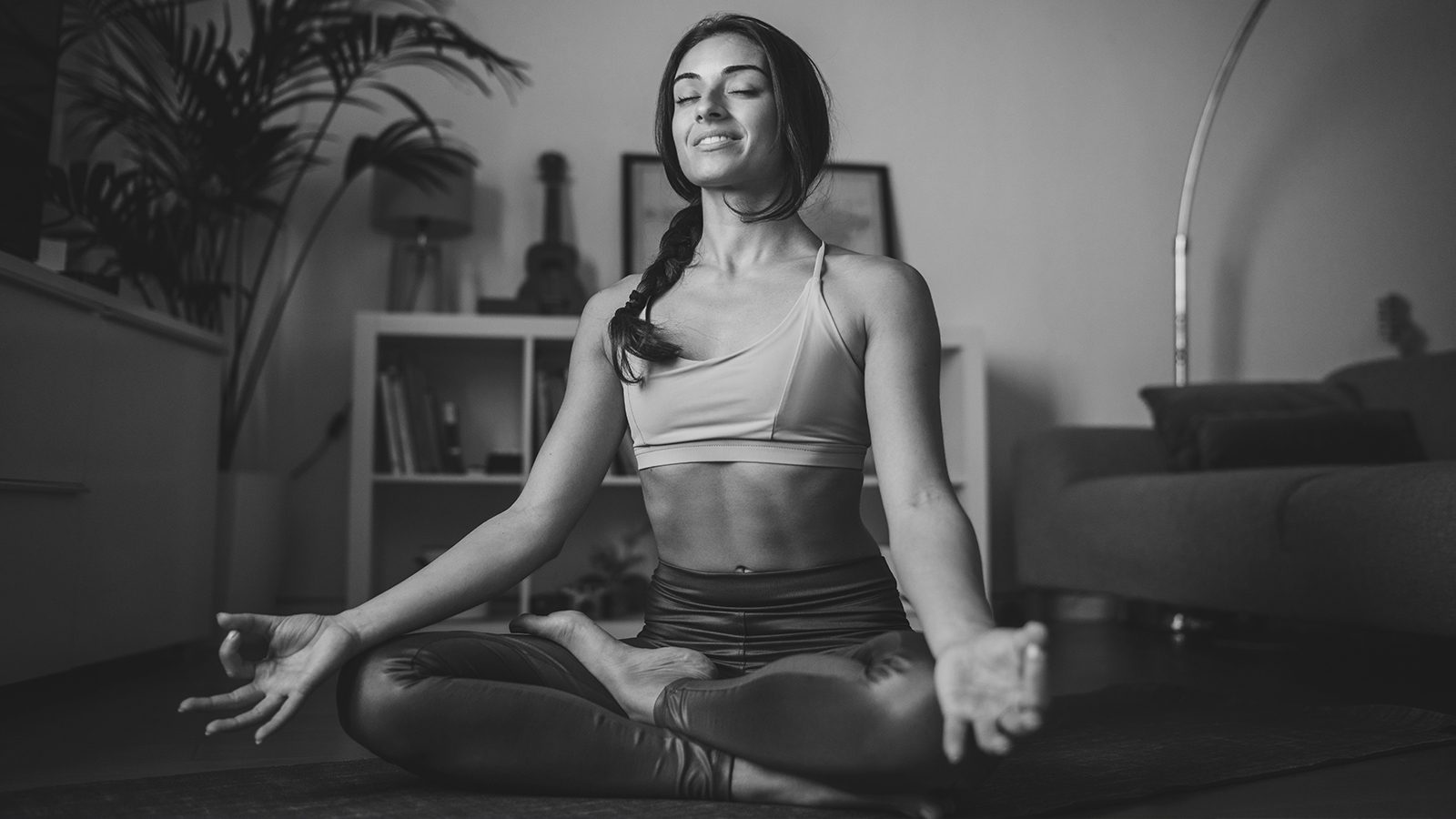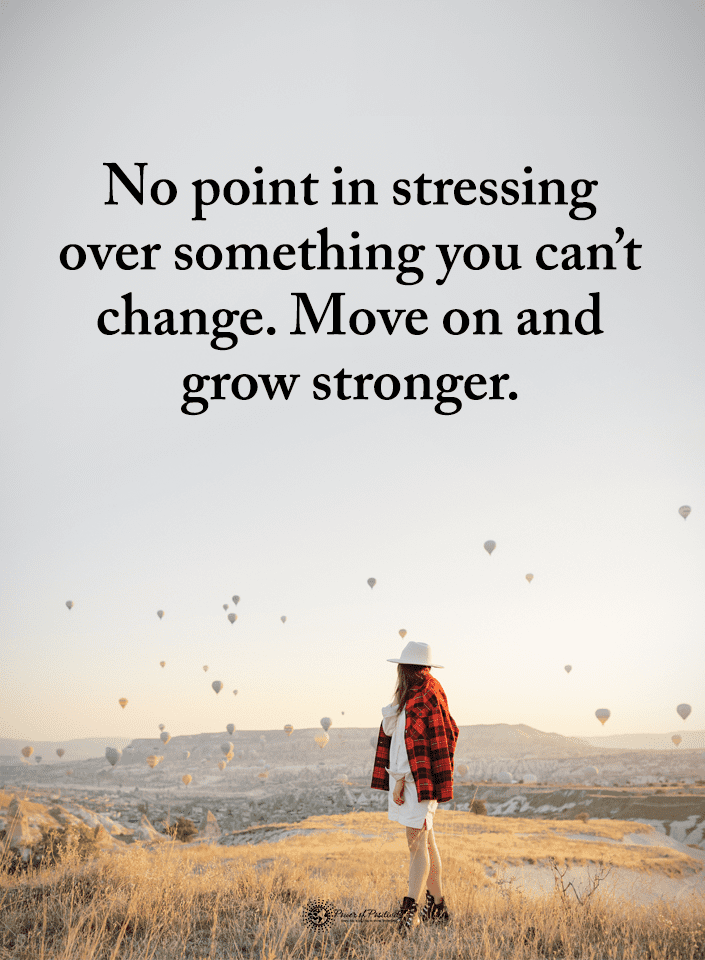Meditation may sound like a mental exercise, but scientific studies prove it can also have positive health benefits–like reducing stress and improving sleep.
Here are just a few of the many volumes of science that prove the effectiveness of meditation:
- One study investigated the effects of a mindfulness-based stress reduction (MBSR) program on well-being, which included body scan meditation exercises. Researchers found that participants who practiced body scan techniques had lower anxiety levels and reduced reactivity.
- Another study in Thailand examined how deep breathing exercises and body scan meditations impacted older adults’ sleep quality. Researchers discovered that participants in the body scan meditation group had significantly improved sleep quality and duration. Their reported quality of life also increased.
- The NIH National Library of Medicine reviewed multiple studies and concluded, “Meditation programs, in particular mindfulness programs, reduce multiple negative dimensions of psychological stress.”
Body Scan Meditation Can Achieve Positive Health Outcomes
Body scan meditation involves scanning the body and observing any sensations that arise. It’s similar to progressive muscle relaxation (PMR) but differs since it doesn’t include clenching and releasing the muscles. The idea of body scan meditation stems from ancient concepts like mindfulness, a core tenet of Buddhism.
The best part about the exercise is that it doesn’t require the meditator to do anything. To perform the technique, you only need to focus on the present moment. The meditator should remain calm no matter what arises in the body, whether it’s pain, pleasure, or a sensation in between.
This exercise helps to increase the meditator’s resiliency by reminding them of impermanence. In other words, even if pain occurs during meditation, it will not last forever. Sitting with the sensations helps reduce suffering in the long run.
By increasing our awareness of the mind and body, we can potentially reach our highest selves, the main goal of all meditation practices. However, body scan meditation can offer other, more attainable benefits, such as increased relaxation and improved sleep.
Below, we’ll show you how to achieve deep relaxation and tranquility with the body scan meditation.
How to Perform Body Scan Meditation in Ten Steps
- Start by getting into a comfortable, relaxing position. Take several deep breaths and close your eyes to help calm your mind and body. Feel the weight of your body beneath you and notice any sensations that arise. Release any worrying or stressful thoughts before you begin.
- We’ll start the body scan meditation by bringing awareness to the head. This area of the body holds a lot of stress, giving rise to tension headaches. However, we can reclaim our power by letting go of negative or intrusive thoughts. Feel the area around the eyes and forehead, imagining a white, healing light passing over this area.
- Next, bring your attention to the back and sides of the head and neck. Also, pay attention to any sensations or blockages in the throat, as many people bottle up emotions here. Breathe slowly and deeply, allowing the energy to flow evenly with each breath.
- Now, notice any sensations or tension in the shoulders. Remember, you don’t want to tense the muscles in body scan meditation. Simply acknowledge how you feel as you mentally scan each body part.
- Then move your awareness down to your upper arms, forearms, palms, and fingers. As you meditate, observe anything you feel or experience without judgment. We naturally hold a lot of anxiety in our arms and palms since we frequently use them. Again, you can imagine a white light healing any areas of tension or discomfort you may feel.
- The next step of the body scan meditation involves shifting your attention to your chest. We also carry a lot of tension in this area since emotion comes from the heart. Whatever you feel here, become the silent observer and watch the feelings rise and fall. As you breathe, imagine the stress and anxiety leaving your chest. Notice how much lighter you feel after letting go of these emotions.
- Next, bring your awareness to the stomach and hips. Breathe in slowly, inhaling until your belly becomes full. Now, release the breath along with any tension in your abdomen. Believe it or not, this body region holds stress and fear since our guts have an intricate connection to the brain. Picture all apprehension leaving the stomach area, making you feel calmer and more centered.
- Now, it’s time to bring our attention to the upper thighs, knees, and calves. Our legs also tend to hold much of our tension due to the sheer size of the muscles. So, scan both legs and identify any areas of discomfort. Imagine healing energy permeating every muscle and unraveling all your pent-up stress. Feel your legs getting lighter and calmer during this exercise.
- Finally, shift your awareness to your feet, ankles, and toes. Since we’re on our feet most of the day, we must relax this body part. Feel your foot muscles, tendons, and joints, sending calming energy to them with each breath.
- Lastly, finish the body scan meditation by bringing attention to your whole body. Picture the body as one energy field, starting with the top of your head, down into your legs and toes. Stay here for at least five minutes, simply watching the body and breathing deeply. Continue sending healing energy to areas of discomfort. When you feel ready, open your eyes slowly and shift your attention back to the room.
If you’re feeling more relaxed and limber, congratulations! That means you had a successful body scan meditation session. You may find a more profound sense of peace with this meditation exercise. It may take a few sessions to notice a difference, but you will undoubtedly feel more aligned with your higher self after a while.
Final Thoughts on How to Do Body Scan Meditation for Less Stress and Better Sleep
Many people experience benefits from practicing body scan meditation, including greater peace and reduced anxiety. Most meditation practices require action, but a body scan involves only your awareness. You don’t even need to sit in a meditation pose to practice; lying down will have the same effect. That means almost anyone with comfortable furniture can practice in the comfort of home.
As you scan your body, remember not to pass judgment on the sensations you experience. Accept anything that arises and watch as it eventually disappears from your consciousness. This exercise will help remind you that you’re not the doer but the silent observer behind your thoughts and actions.
















 Community
Community

